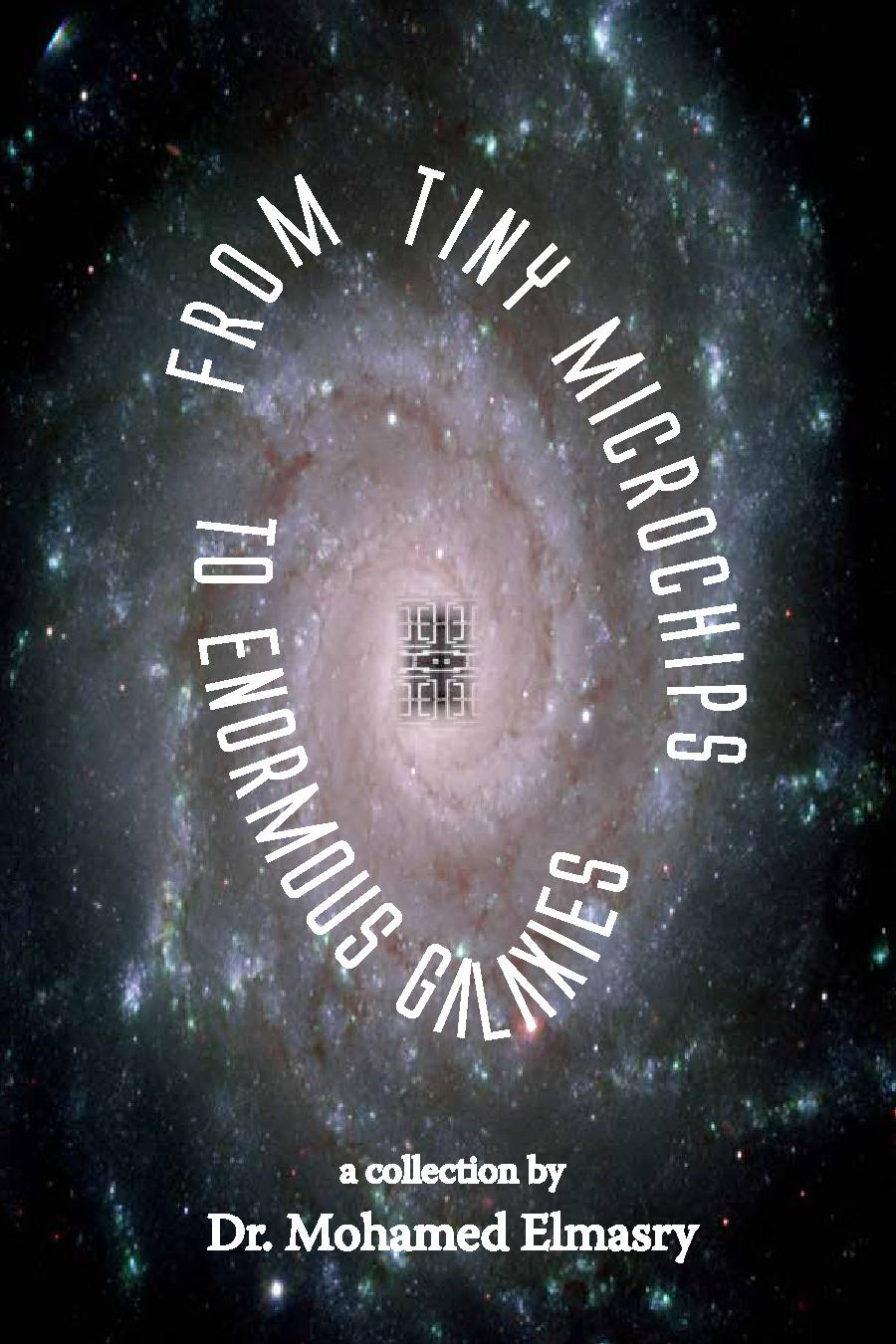November 9, 2017
Retired Waterloo Professor's appeal for hi-tech "E Solution" to close First Nations education gap gets heard in Ottawa
Pauline Finch
More by this author...
In September of this year, Dr. Mohamed Elmasry, University of Waterloo professor emeritus of Computer Science, wrote to a number of federal officials - including Prime Minister Justin Trudeau, cabinet ministers, MPs and Senators - urging that the Canadian government initiate a comprehensive technology-based program to end the longstanding discrepancy between mainstream and aboriginal educational standards.
He stated in part: “Closing the huge gap between what average Canadian children are given and the substandard schooling that has been historically entrenched in our government’s native education policies for generations, could free our First Nations communities from crippling cycles of poverty, misery, high unemployment, poor health, addiction, family dysfunction and discrimination…”
Prof. Elmasry’s letter acknowledged that a number of worthy projects are already in place to help preserve and teach native languages, civilization, arts, history, spirituality, and economic initiatives, but suffer from chronic under-funding and lack of resources.
He suggested that a comprehensive federally-supported national program, using digital information exchange, storage, and retrieval could vastly reduce the isolation and marginalization of First Nations students. Moreover, he added, there already exists the largely untapped potential of “many Canadians outside the sphere of federal and provincial governments … who would be more than willing to help in identifying and executing the details of such a massive, but possible, program.”
The urgency of his appeal resonated with the Hon. Carolyn Bennett, Minister of Indigenous Relations and Northern Affairs, who delegated Chris Rainer, director of Education and Social Development Programs to respond on her behalf.
In a detailed mid-October reply, Mr. Rainer acknowledged the significance of nation-to-nation partnerships at every level in the government’s efforts to eliminate historic discrepancies that have prevailed throughout Canada’s existence as a political entity.
Specifically, he noted: “A renewed nation-to-nation relationship with First Nation, Métis and Inuit people is changing the discussion around how Indigenous education is managed and delivered across Canada. This relationship also includes having technical discussions with regional First Nations representatives through a series of joint task teams that seeks to identify and explore ways to improve the quality of First Nations education…”
Areas of mutual accountability and collaboration will see a far greater emphasis than in the past, he noted, with the 2016 federal budget targeting most-urgent needs among on-reserve primary and secondary education facilities.
Rainer also highlighted increased opportunities for native bands and communities to attract and retain First Nations teachers and – most significantly for the theme of Prof. Elmasry’s appeal – “to design and develop electronic and digital learning tools and environments that will lead to better educational outcomes for First Nation students living on reserves.”
Our federal, provincial and territorial governments, along with Canadians whom Rainer described as “other committed education stakeholders” (such as retired specialists like Dr. Elmasry), have a daunting task ahead of them, given some of the statistics cited in the response letter.
For example, 2011 high school graduation rates were:
65% for non-Indigenous Canadians
54.8% for Métis people
45% for First Nations peoples
36% for Inuit people
Furthermore:
- Only 10% of Indigenous peoples have a Bachelor’s degree or higher, compared with 26% of non-Indigenous Canadians.
- Only 31% of Indigenous peoples attained a community college diploma or certificate, compared to 34% of the general population.
While there’s much yet to be accomplished, there’s also good reason to hope that non-government activists and key federal ministries are finally gathering on the same page with our First Nations brothers and sisters.
With the will to implement bold new technologies aimed at electronically closing much of the “have- have-not” gap, it’s now possible to realistically envision a future in which the next generation of Canadian students – regardless of geography, race, gender, ability, or cultural heritage – can receive the quality education they all deserve.
The “E Solution,” as Dr. Elmasry termed it in his original proposal, could mean that no child will ever be left behind again due to the mistakes of our awkward colonial history.
* * *
(Pauline Finch is a Kitchener Ont.-based writer-editor-musician and occasional contributor to The Canadian Charger.)







